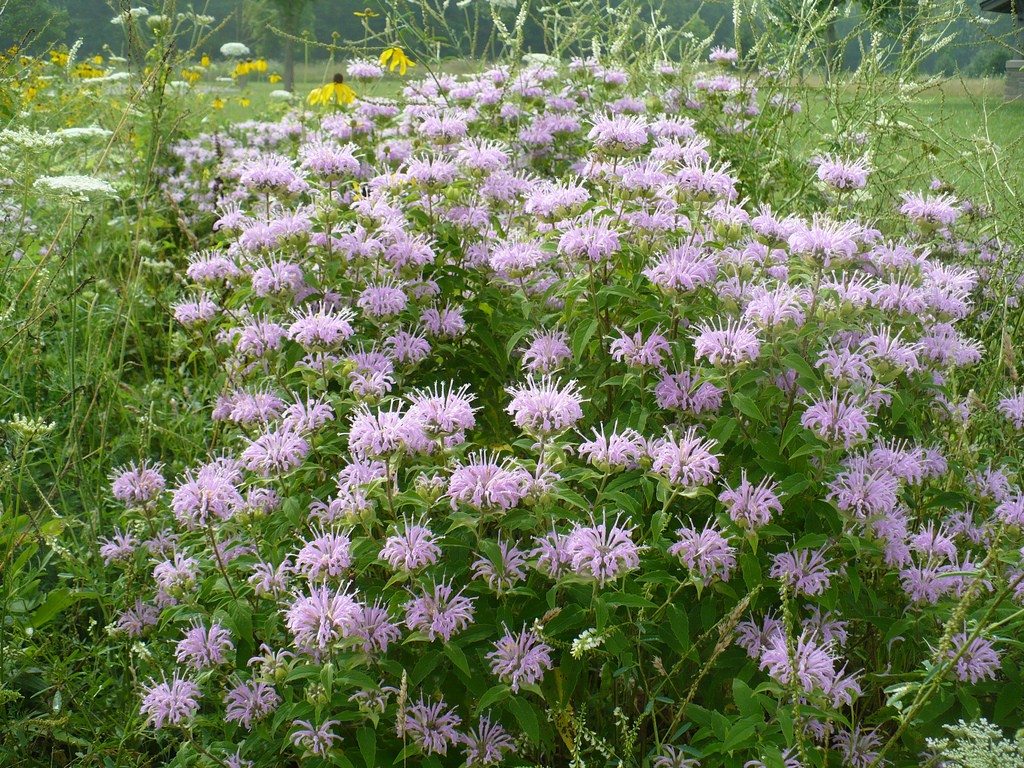Propagating Bee Balm Plants: How To Propagate Bergamot Seeds, Cuttings, And Divisions


Propagating bee balm plants is a great way to keep them in the garden year after year or to share them with others. They can be propagated by division in spring or fall, by softwood cuttings in late spring, or seeds. Bright flowers and a minty fragrance make bergamot (Monarda) plants ideal for perennial borders. Bergamot is known by several other names, including bee balm, monarda, and Oswego tea. The shaggy-looking clusters of flowers begin blooming in midsummer and last for several weeks. These mop headed flowers attract bees, butterflies, and hummingbirds, making the plant ideal for a wildlife garden. Even better is the fact that bergamot is appropriate for nearly all climate zones.
Propagating Bee Balm Plants through Division
Bergamot needs dividing every two or three years to keep the plants vigorous, and this is a great time to propagate the plants. Begin by loosening the soil around the roots and then sliding the shovel underneath the roots and prying upward. Once the root ball is out of the soil, shake gently and brush off as much loose soil as possible so you can get to the roots. Cut through thick roots with pruning shears and separate the plant into at least two clumps by pulling apart the remaining roots with your hands. Make sure each plant section has plenty of roots with it. When you are satisfied with your bee balm divisions, prune the tops to remove damaged stems and clip off any unhealthy, dark-colored, or slimy bits of root. Replant the divisions right away to prevent the roots from drying out.
Bee Balm Cuttings
Take cuttings of new bee balm growth from the tips of the stems in late spring. Cut tips no more than 6 inches (15 cm.) in length just below a set of leaves. Remove the lower set of leaves and dip the cutting in rooting hormone. Stick the cuttings 2 inches (5 cm.) deep into a small pot filled with perlite, vermiculite, peat moss, or a combination of these materials. Water well and place the cuttings in a plastic bag. Once the bee balm cuttings root, remove the bag and repot the cuttings in potting soil. Place them in a sunny window and keep the soil lightly moist until you are ready to transplant outdoors.
Collecting Bee Balm Seeds
Bergamot grows readily from seeds. When collecting bergamot seed, time the collection to the maturity of the flowers. The bergamot seeds usually mature one to three weeks after the flowers bloom. You can test for maturity by bending the stem over a bag and tapping it. If brown seeds fall into the bag, they are mature enough and ready for harvesting. After collecting bee balm seeds, spread them on paper to dry for two to three days and store the dried seeds in a sealed container in the refrigerator.
Planting Bergamot Seeds
You can plant bergamot seeds outdoors in early spring while the soil is cool and there is still a chance of a light frost. Cover the seeds with a light dusting of soil. When the seedlings have two sets of true leaves, thin them to 18 to 24 inches (46-61 cm.) apart. If you prefer to start the plants indoors, start them eight to ten weeks before you plan to transplant them outside. When propagating bee balm plants from seeds, first make sure the parent plant isn't a hybrid. Hybrids don't breed true and you may get unexpected results.
Sign up for the Gardening Know How newsletter today and receive a free copy of our e-book "How to Grow Delicious Tomatoes".

Jackie Carroll has written over 500 articles for Gardening Know How on a wide range of topics.